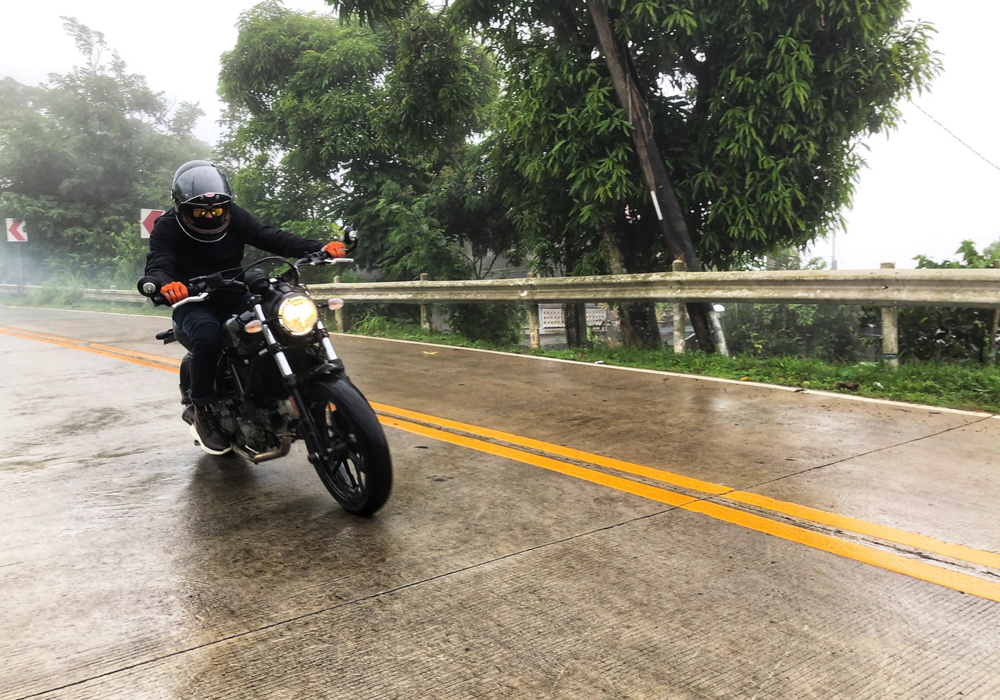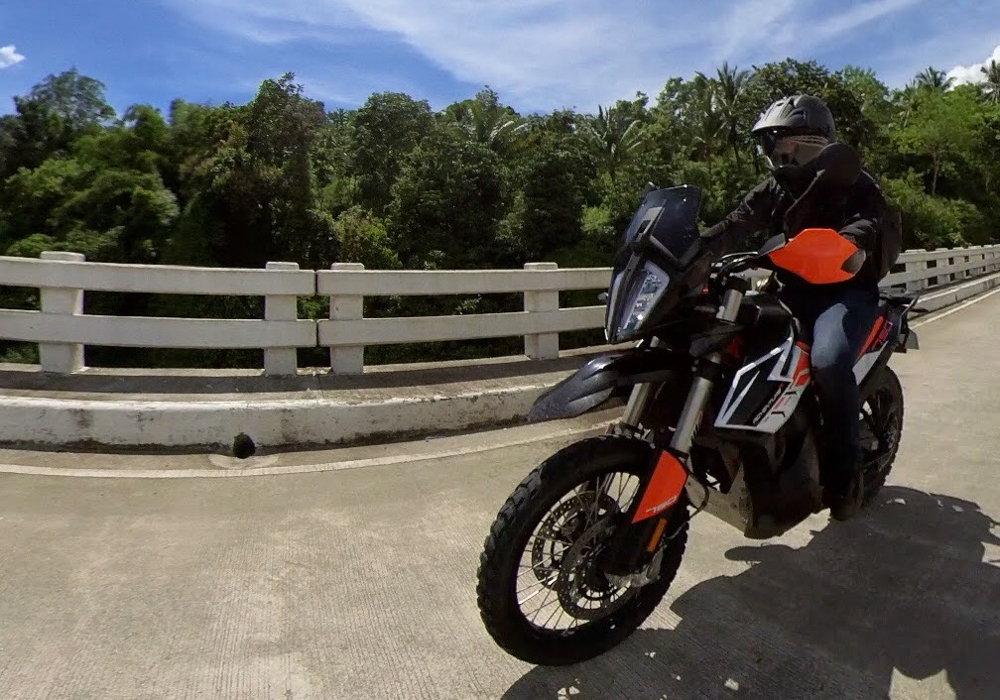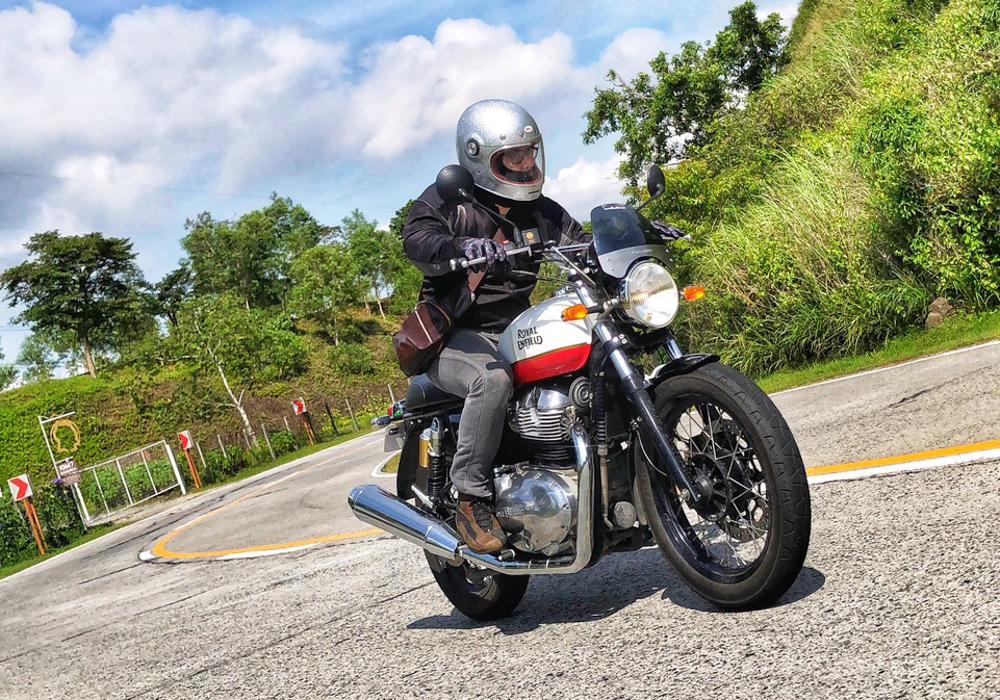
So, you’re shopping for your first expressway-legal motorcycle, also known as a big bike. As a newbie, it can be an exciting (albeit slightly confusing) experience. Here are a few key things to keep in mind that will help you evaluate any motorcycle for yourself as you navigate the gateway into two-wheeled nirvana.
A crucial caveat: The recommendations in this article are in no way an endorsement for aspiring riders with zero experience to start learning on a big bike.
Consider capability. There are a plethora of motorcycle categories to choose from in the market today, and you may be eyeing a certain type right from the get-go. Maybe a low-slung cruiser or a race-rep sport bike. While these are great choices, they were built for a very specific use, and purchasing them may restrict when and where you get to ride. It’s good to consider a bike that can do both on- and off-road duties, and handle a wide variety of situations such as commuting, carrying a pillion or small cargo, and rain. A jack of all trades may be a master of none, but it affords you the freedom to explore different kinds of riding and see which one you enjoy the most, making it better than a master of one.
Ponder on power (instead of dwelling on displacement). By far, the favorite question Filipinos like to ask with regard to a big bike is: “Ilang cc yan?” Which in reality says very little about how powerful a motorcycle is. A better gauge of how manageable a motorcycle can be is peak horsepower (and torque). These tell you how much power it can make and when it comes on, therefore giving you an idea of how the bike will behave. For riders who have some—yet limited—experience, 30hp to 40hp is easy to grow into and just enough to have fun with. While riders packing a good amount of seat time on small-displacement motorcycles could realistically keep 50hp to 70hp in check. These numbers are not absolutes, though; capability will still vary from rider to rider.
On a related note, throttle response is another thing worth keeping in mind. A razor-sharp throttle is not going to be easy to modulate for a rider who has yet to master throttle control. On a powerful motorcycle, it can negatively affect how much you trust the bike and your skill to wield it.
Let me stress that power may just be the biggest consideration here. Too much of it in inexperienced hands can be deadly, so please do exercise caution. Be realistic with your limits, and purchase a motorcycle that fits well within it.

Heed warnings of heat. It is common to hear riders complain about “hot legs,” and it usually is not an exaggeration. Engine configuration greatly affects how much heat is transferred onto your lower limbs. Boxer, single-cylinder and multiple-cylinder engines arranged in a straight line (such as parallel-twins, in-line triple- and four-cylinders) tend to do better at managing heat as all sides of the engine block have equal amounts of air flowing around them. V-twins and V4s run notoriously hot due to the rear bank not getting as much airflow as the one up front. Liquid-cooled engines tend to run cooler, although depending on where the radiator is placed, the fans can blow hot air directly onto your legs, too. The heat can be enough to discourage you from spending time on the saddle, so be wary of this when choosing a bike.
Evaluate ergonomics. A big part of what you will be doing on your first big bike is building your confidence as a rider. Some motorcycles lend themselves very well to this, while others do not, and it all has to do with ergonomics. Perhaps the most pertinent element of which is seat height. A motorcycle you can’t straddle with both feet firmly on the ground is not going to inspire a great sense of control. Another aspect of ergonomics is riding position. Contorting yourself into an unnatural position can make it difficult to focus on operating the controls and may take away concentration from more important things such as situational awareness. As a novice, you don’t want anything distracting you from getting the right habits down pat and developing the muscle memory needed to control any motorcycle in the future.
Remember reliability and repairs. The months of penny-pinching have now come to fruition: You now have the savings to pull this purchase off. But have you considered the costs of servicing the motorcycle? Some can live off regular oil changes every few months, while others require special servicing within the same interval. There’s also a good chance of you damaging your own bike by accident as a newbie. You might drop it while attempting a U-turn or forgetting to put the kickstand down. And on exotic metal, damaging the most ubiquitous part can burn a hole in your pocket the size of Italy. If you have the budget for it, the Europeans make some great beginner bikes that would surely fit the bill. If not, the Japanese and the Chinese make excellent options that will keep your silog and gas money for rides safe and sound.

I do recognize, however, that emotions and attraction weigh heavily in such a purchase. It’s perfectly fine to go where the heart leads. Just take your brain with you to be safe. Riding a motorcycle is an extremely visceral and tactile experience, and it can overload your senses when you’re just starting out. Make sure to keep the above-mentioned considerations in mind as you shop, and test the bike out if you can. Sit on it for a while, and see if you are comfortable. Making the right decision ensures that you are safe while still enjoying the ride.


0 Comments